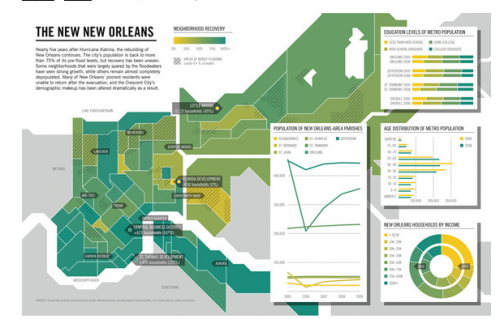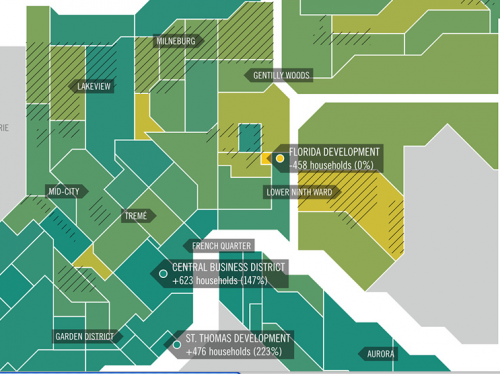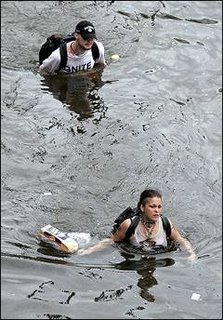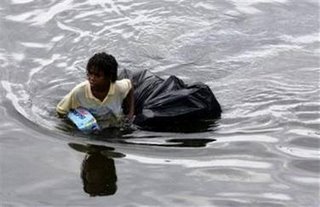August 29th is the anniversary of the day that Hurricane Katrina devastated the Gulf Coast and side-swiped New Orleans, breaching the levees. These posts are from our archives:
Was Hurricane Katrina a “Natural” Disaster?
- Profits Over People: The Human Cause of the Katrina Disaster
- An Iconic Image of Government Failure: Empty, Flooded School Buses
Racism and Neglect
- Racial Violence in Algiers Point
- Hurricane Katrina and the Demographics of Death
- The Fate of Prisoners During Hurricane Katrina (pictured)
Disaster and Discourse
Devastation and Rebuilding
- Slow Recovery on the Gulf Coast (pre-oil spill)
- Population Recovery in New Orleans
- Rebuilding in the Lower 9th Ward
Lisa Wade, PhD is an Associate Professor at Tulane University. She is the author of American Hookup, a book about college sexual culture; a textbook about gender; and a forthcoming introductory text: Terrible Magnificent Sociology. You can follow her on Twitter and Instagram.











